Shopify Product Display Apps: Kickflip ‑ Customize Products vs Addify ‑ Hide Products

Table of Contents
- Introduction
- How Does Kickflip ‑ Customize Products Work?
- How Does Addify ‑ Hide Products Work?
- How Much Does Kickflip ‑ Customize Products Cost?
- How Much Does Addify ‑ Hide Products Cost?
- Cost Analysis: Kickflip ‑ Customize Products vs. Addify ‑ Hide Products
- User Reviews & Customer Support Insights
- Integration and Compatibility Comparison
- Conclusion
Introduction
Product display plays a pivotal role in e-commerce, serving as the visual bridge between products and potential customers. A seamless and engaging display can significantly enhance user experience, leading to higher engagement and, ultimately, increased sales. In this context, product display apps are essential tools that help merchants tailor their offerings to meet customer needs.
Two notable contenders in this space are Kickflip ‑ Customize Products and Addify ‑ Hide Products. While both apps aim to create distinct experiences for users, they approach product display from different angles. Kickflip offers vast customization options, allowing customers to personalize their products while visualizing changes in real time. On the other hand, Addify focuses on restricting access to certain products, enabling businesses to create exclusive offerings for select groups. This blog will delve into their capabilities, ease of integration, and overall impact on user experience.
How Does Kickflip ‑ Customize Products Work?
Kickflip ‑ Customize Products is designed to transform the way customers interact with products. Its primary function revolves around providing extensive customization features that enhance product display. Here's how it operates:
Setup: Merchants can easily integrate Kickflip into their Shopify store, enabling seamless product customization for their customers.
Interactive Customization: Customers can add colors, text, images, and other components to products in real time. They can visualize changes, seeing multiple perspectives of the product while updating their selections.
Dynamic Pricing: As customers customize their products, the pricing adjusts according to the selected features, providing transparency and encouraging purchases.
Key Features of Kickflip
-
Text & Image Personalization: This feature allows users to add personalized text and images to products, helping businesses cater to individual customer preferences. For startups and small businesses, this means creating unique gifts or customized products, enhancing customer satisfaction.
-
Multi-component Customization: Customers can add or remove pieces from a product during the live preview. This versatility is especially beneficial for medium and large enterprises offering complex products, such as apparel with numerous customizable elements.
-
Dynamic Pricing: Kickflip updates the total price in real time as options are selected. This feature helps establish trust, ensuring customers know the costs up front. It's useful for businesses of all sizes, as it reduces cart abandonment due to pricing ambiguity.
-
High-Quality Previews: The ability to view products from multiple angles enhances the shopping experience, allowing customers to feel confident in their choices. For businesses, this leads to higher conversion rates and reduced return rates.
-
Live Coloring: Customers can dynamically apply colors to sections of a product, giving them a sense of control and immediate gratification. This feature can attract creative customers seeking unique personalization.
Impact on Engagement and Outcomes
By leveraging these features, Kickflip significantly enhances customer engagement. Imagine a small business selling customized mugs; customers can see their chosen design, text placement, and colors live, transforming a simple product selection into an interactive experience. Such engagement can lead to increased conversion rates and higher customer satisfaction.
How Does Addify ‑ Hide Products Work?
In contrast, Addify ‑ Hide Products takes a more selective approach. Its primary function is to manage product visibility, allowing merchants to create exclusivity within their catalogs.
Setup: Merchants also find it easy to integrate Addify into their Shopify store, ensuring customized visibility rules from the outset.
Customized Access: Store owners can set parameters that hide specific products or entire collections from selected customers, based on various conditions such as customer tags, geo-location, or unique links.
Key Features of Addify
-
Selective Product Visibility: Merchants can conceal specific items or entire catalogs, making it applicable for businesses looking to offer exclusive collections to select customers.
-
Rule Creation: Multiple customized rules can be applied to hide products based on customer conditions, allowing for targeted marketing strategies. This feature adds a layer of protection against unauthorized access to exclusive products.
-
Error Messaging: For hidden products, businesses can show customizable error messages, guiding customers about access restrictions. It’s useful for enhancing communication and managing customer expectations.
-
Terms and Conditions Management: Merchants can specify access conditions to further tailor visibility settings. This feature can cater to businesses requiring stringent privacy measures.
Impact on User Experience
While Addify offers essential features for product visibility management, its scope is narrower compared to Kickflip. For instance, a luxury brand might want to create exclusive products for VIP customers. Although effective, these features might limit broader engagement opportunities that customization could foster.
How Much Does Kickflip ‑ Customize Products Cost?
Understanding the cost of customization tools is crucial for businesses planning their product display strategies. Kickflip ‑ Customize Products offers a straightforward pricing model:
-
Free to Install (Pay as you grow): This plan provides unlimited products, page views, and storage, along with numerous feature updates each year. This plan is highly attractive for startups looking to scale without upfront costs.
-
Optional Add-On ($49/month): For those wanting to increase brand visibility by removing the “Powered by Kickflip” link, this plan is geared toward growing businesses and larger enterprises seeking a more branded experience.
Price Insights and Audience
Kickflip’s pricing structure contributes to its value proposition. The free setup eliminates financial barriers for new businesses, while the optional add-on allows established companies to customize their branding without hefty fees.
Importantly, “you can always reach out to our team, and we can create a custom pricing plan to suit your needs and your budget. Schedule a call via this link and we’ll come up with the best solution for you and your business.”
How Much Does Addify ‑ Hide Products Cost?
The pricing for Addify ‑ Hide Products is tiered based on different Shopify plans, ranging from $4.99 to $14.99 per month. This structure caters to various business sizes:
-
Basic Plan ($4.99/month): For newcomers on the Basic Shopify plan. However, this basic offering may lack essential features seen in more comprehensive solutions.
-
Standard Plan ($6.99/month): Middle-tier option suitable for small businesses needing basic visibility controls without breaking the bank.
-
Advanced Plan ($9.99/month): Designed for growing companies with moderate selling needs, though still limited in interactive display features.
-
Plus Plan ($14.99/month): This top-tier plan is targeted towards large e-commerce stores requiring robust product hiding functionalities.
Insights on Cost-Effectiveness
The Addify pricing model offers low entry costs but lacks compelling features that some users may find necessary for engaging product displays. If a business needs extensive customization options and an interactive user experience, the investment in Kickflip is far more beneficial.
Cost Analysis: Kickflip ‑ Customize Products vs. Addify ‑ Hide Products
In comparing both apps, it is evident that Kickflip offers a greater value proposition at multiple price points. While Addify’s low-cost tiers may seem enticing, their limited capabilities offer little in the way of enhancing product discovery or driving sales. Kickflip's structure offers clear benefits, especially for businesses aiming to engage customers in meaningful ways.
User Reviews & Customer Support Insights
Is Kickflip ‑ Customize Products Good?
Kickflip has garnered an impressive rating of 5 stars from 64 reviews. Users consistently commend its intuitive design and robust feature set. The app’s seamless integration with Shopify and commitment to regular updates contribute to maintaining a high level of user satisfaction.
Is Addify ‑ Hide Products Good?
Although Addify boasts a 3.7-star rating from 3 reviews, the feedback suggests mixed feelings. Users may appreciate its simplicity, yet critics might highlight its limited functionalities compared to competing solutions. The size of the review sample poses challenges in gauging overall effectiveness.
User Preference: Kickflip vs. Addify
When looking at user ratings, it is apparent that Kickflip is more favored. The disparity in ratings illustrates the broader appeal of Kickflip’s comprehensive features and usability, which leads to enhanced engagement and customer satisfaction. A critical factor in the differences lies in the breadth and effectiveness of the features each offers.
Integration and Compatibility Comparison
Kickflip ‑ Customize Products Integrations
Kickflip integrates seamlessly with Shopify, allowing merchants to unlock endless customization possibilities without additional complexities.
Addify ‑ Hide Products Integrations
Addify primarily operates on its own without notable integrations, which could limit its functionality for businesses that could benefit from interconnected tools. A lack of integration options might hinder overall usability for companies looking to leverage their existing software.
Conclusion
Both Kickflip ‑ Customize Products and Addify ‑ Hide Products offer robust solutions within their scope. However, Kickflip stands out with its user-friendly design, comprehensive feature set, and flexible pricing. The app’s impressive 5-star rating, paired with its capacity to engage users in real-time, positions it as a more desirable option for merchants looking to boost sales and enhance customer experiences. While Addify holds its own in providing exclusivity, Kickflip’s proven efficiency makes it a superior choice for a wide range of businesses seeking impactful product display solutions.
Still Searching for the Perfect Customization Solution?
Stop searching and start thriving with Accentuate Custom Fields! This powerful metafield management app supercharges Shopify’s native features, giving you the tools to create a truly personalized customer experience.
Why Choose Accentuate Custom Fields?
- Advanced Customization: Unlimited field definitions, logical grouping, and custom layouts make your store one-of-a-kind.
- Enhanced Editor Experience: Effortlessly edit variant metafields, use advanced HTML and markdown editors, and sync field definitions between stores.
- Flexible Management: Import/export capabilities, automatic tagging, and comprehensive support for Metaobjects and versioning.
- 24/7 Support: If you have any questions or need assistance, our team is available around the clock to help with any custom modifications to suit your store.
Join over 12,000 merchants, including top Shopify Plus stores, who trust Accentuate for their customization needs. With a stellar 4.9-star rating, Accentuate is the go-to tool for advanced CMS needs, offering unmatched flexibility and control over your store’s content. Elevate your Shopify store with high-quality content that boosts customer experiences and conversions. Tell your story, showcase your products, and create an engaging customer journey with ease.
Experience the Accentuate difference and watch your Shopify store thrive!
Accentuate vs Competition
Explore how Accentuate Custom Fields stands out. Whether you’re aiming to customise your storefront, streamline operations or improve content management, see how we compare against the competition
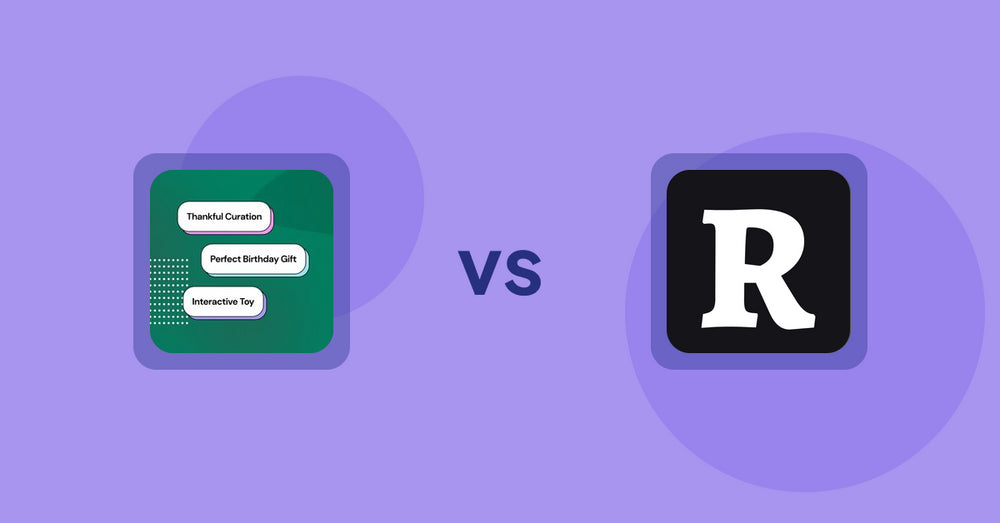
Shopify Product Display Apps: FeatureFrame ‑ Pretty Product vs. AI SEO: Top Product Features
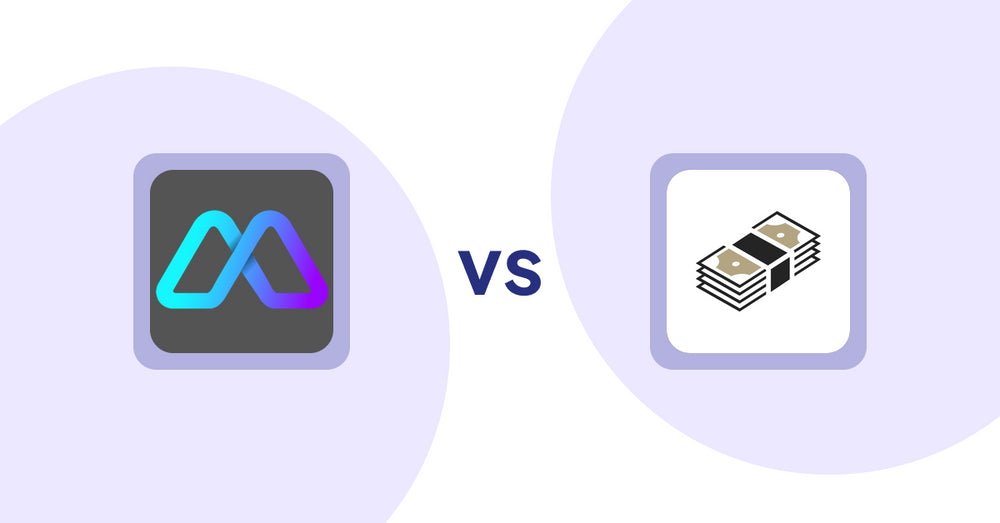
Shopify Product Display Apps: Metadrob: Create Virtual Store vs シンプルクラウドファンディング|お手軽自社クラファン
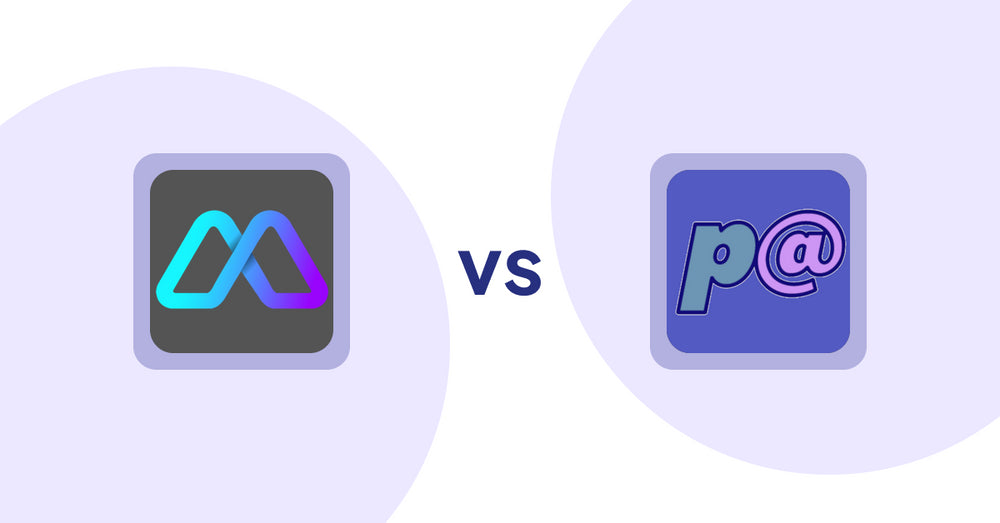
Shopify Product Display Apps: Metadrob: Create Virtual Store vs Parameterizer
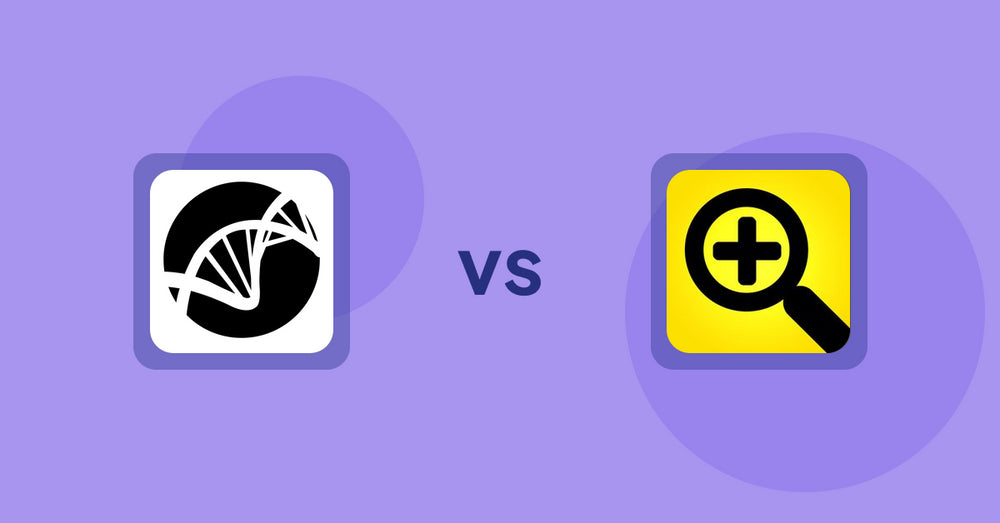
Shopify Product Display Apps: Bike Matrix vs. Fast View: Fastest Quick View
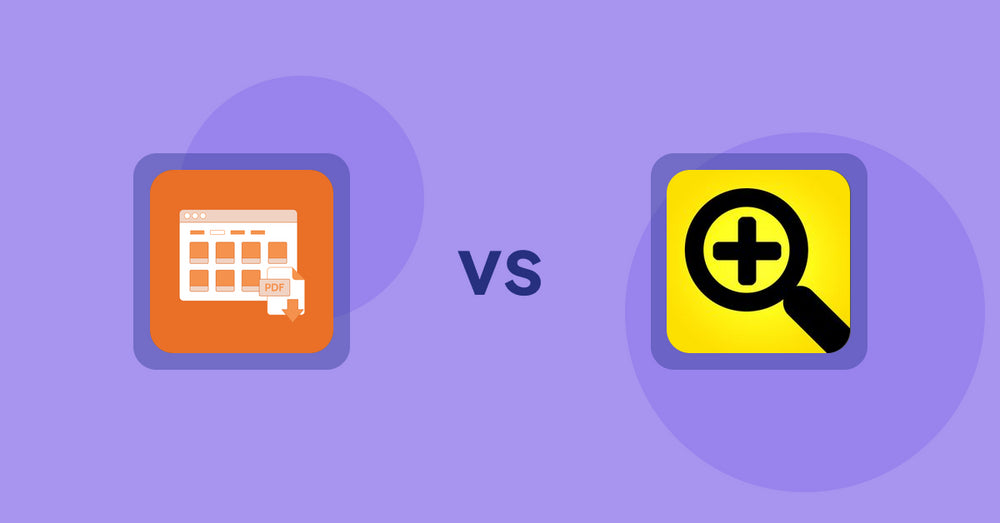
Shopify Product Display Apps: Meetanshi PDF Product Catalog vs Fast View: Fastest Quick View
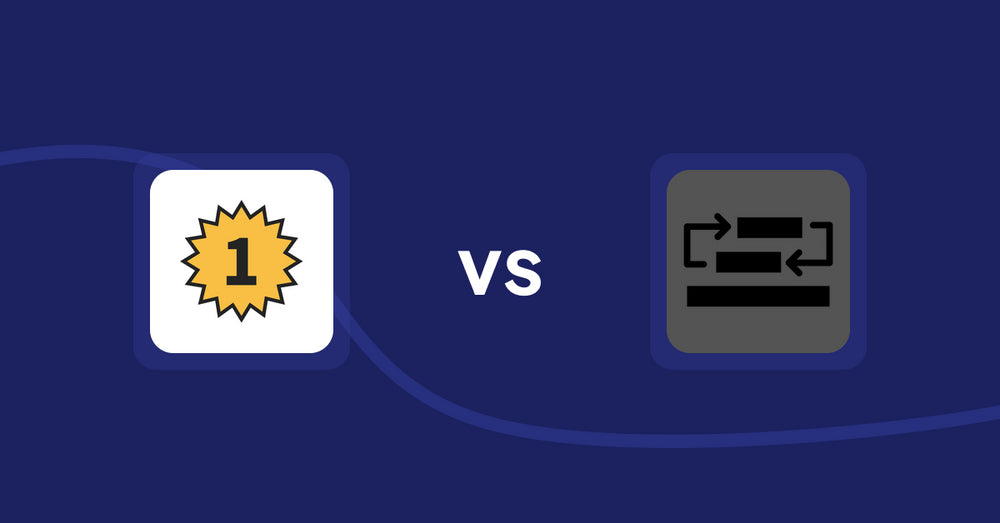
Shopify Product Display Apps: UR: Smart Ranking vs Sortyfi Collection Merchandise
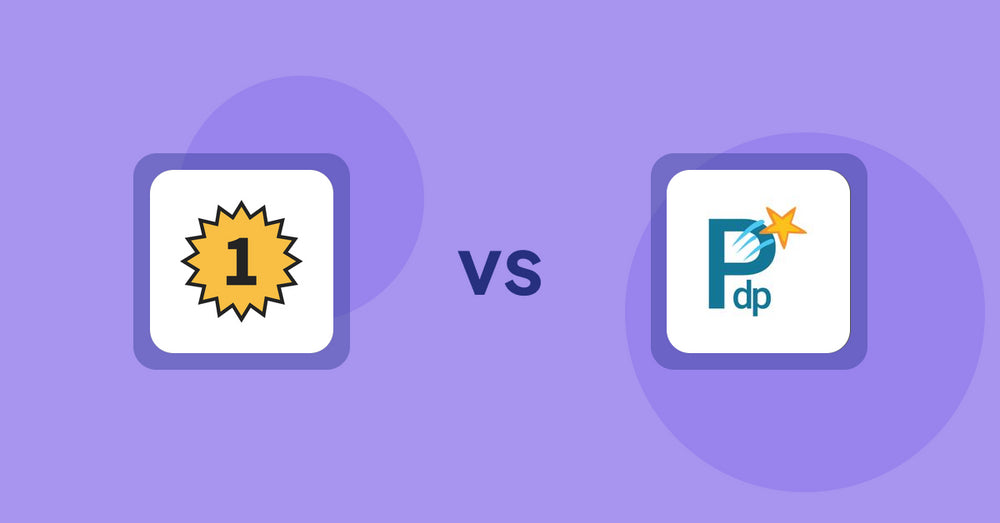
Shopify Product Display Apps: UR: Smart Ranking vs PDP Star
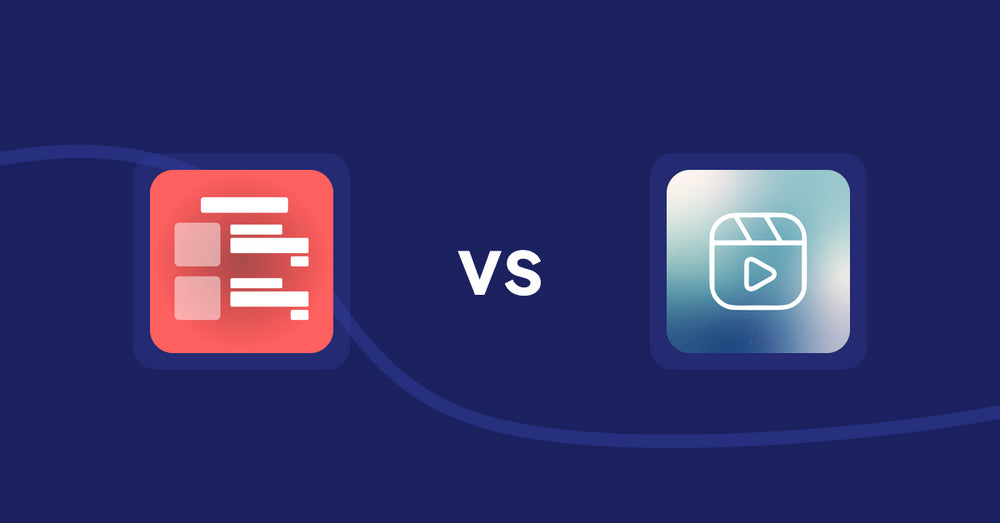
Shopify Product Display Apps: Menulog vs Reelify ‑ Shoppable Reel Video
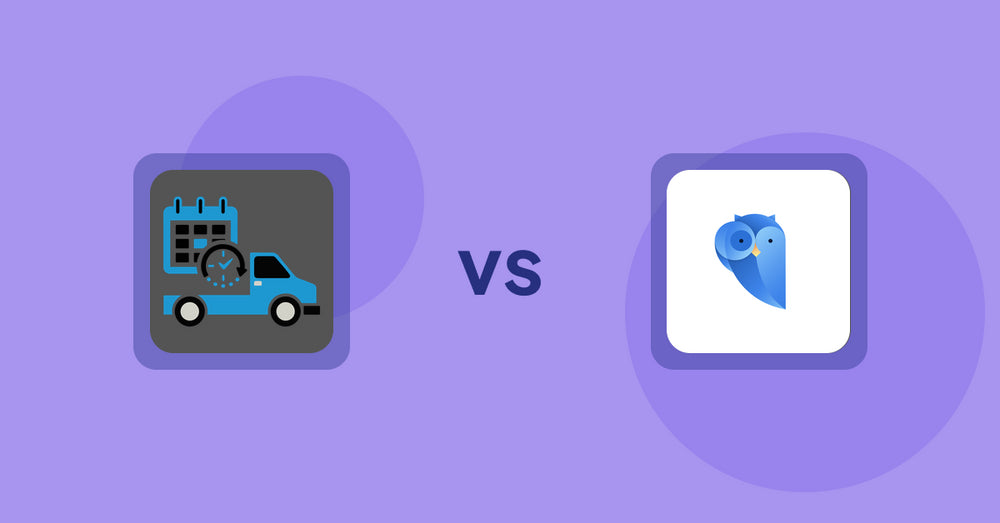
Shopify Product Display Apps: H3 Estimated Delivery vs Findify Search & Merchandise
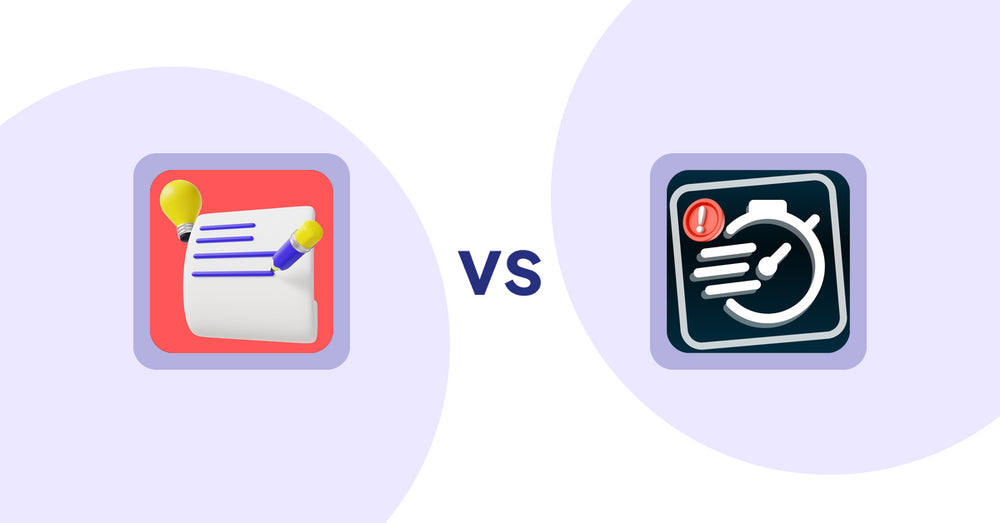
Shopify Product Display Apps: Wordo ‑ ChatGPT AI Description vs Urgency! Low Stock Counter
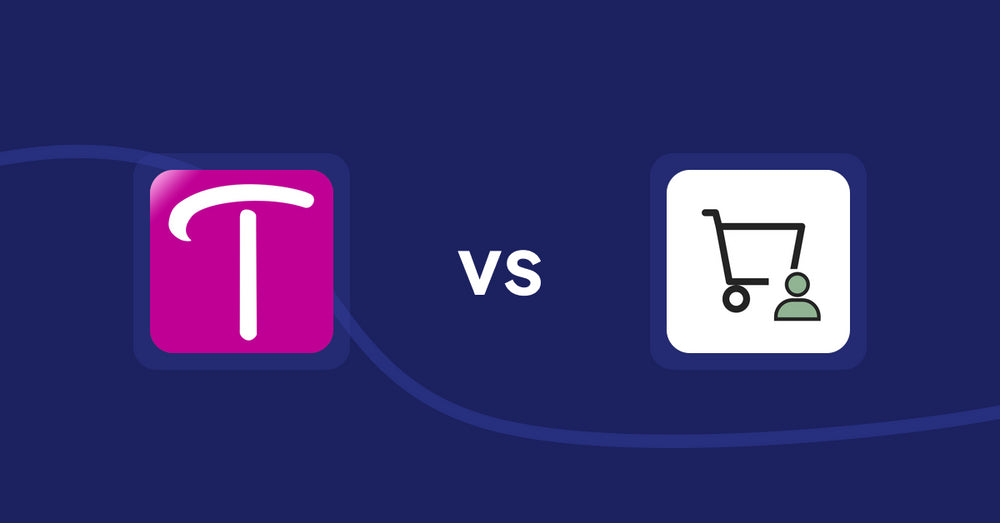
Shopify Product Display Apps: WS Transparency vs シンプル会員注文割引|お手軽ログインセール設定
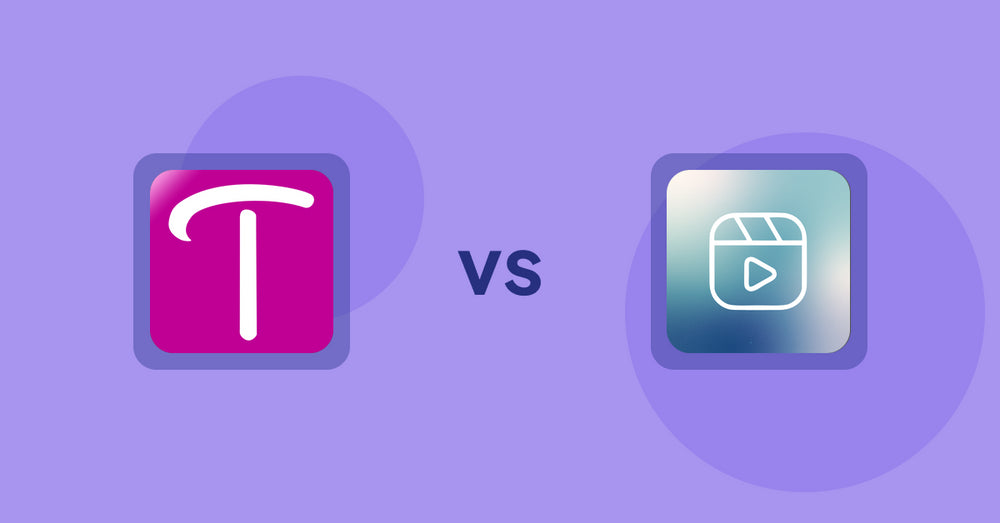
Shopify Product Display Apps: WS Transparency vs Reelify ‑ Shoppable Reel Video
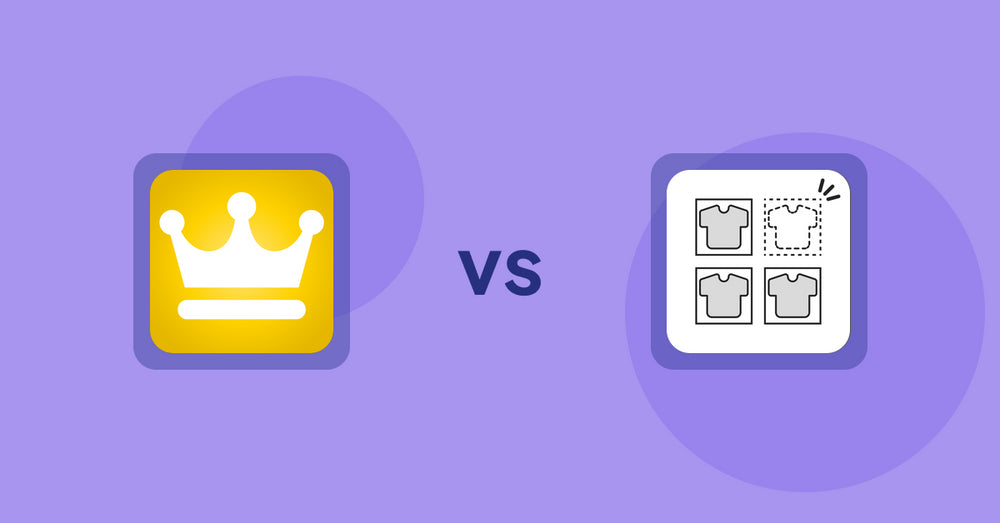
Shopify Product Display Apps: Awesome Ranking vs シンプル売り切れ非表示|在庫切れ商品の表示変更
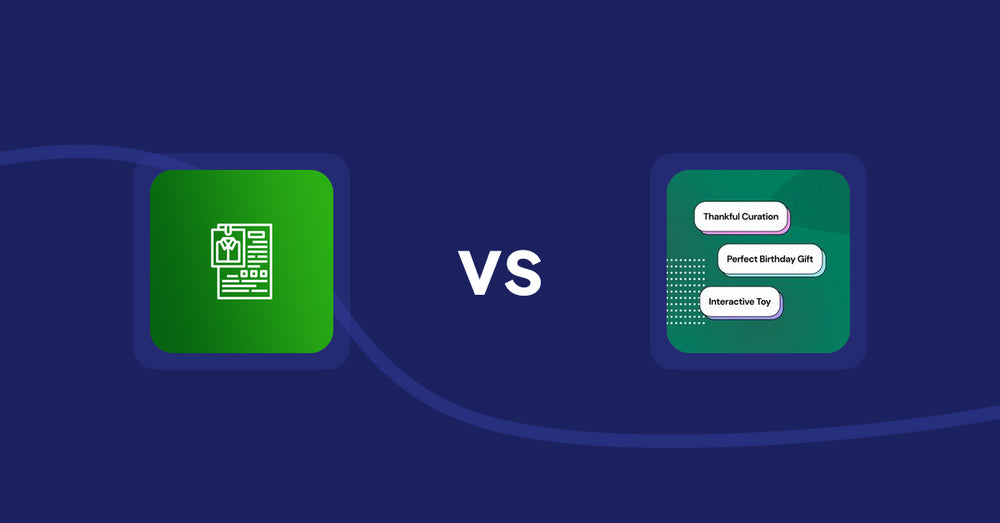
Shopify Product Display Apps: OC Product Size Chart vs FeatureFrame ‑ Pretty Product
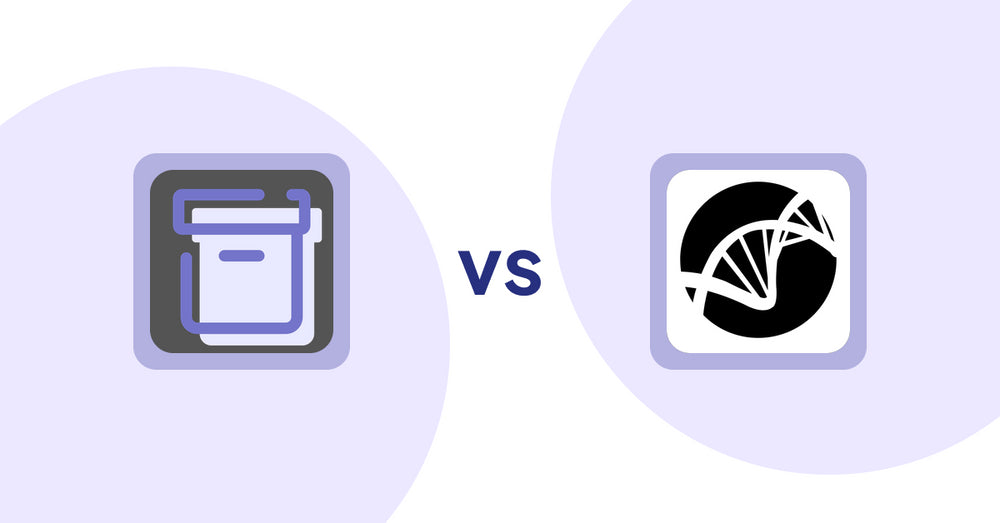
Shopify Product Display Apps: Shelfify vs Bike Matrix
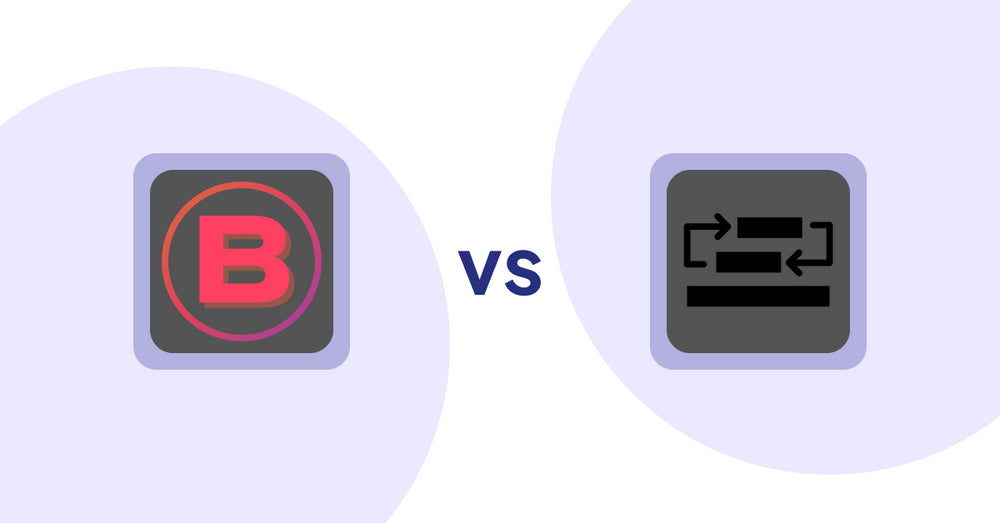
Shopify Product Display Apps: Banter Stories vs Sortyfi Collection Merchandise
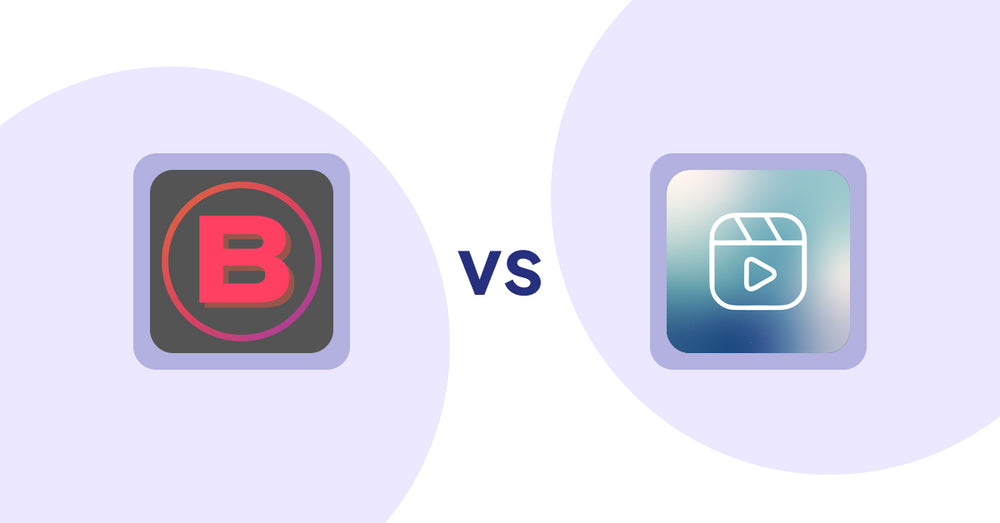
Shopify Product Display Apps: Banter Stories vs. Reelify ‑ Shoppable Reel Video
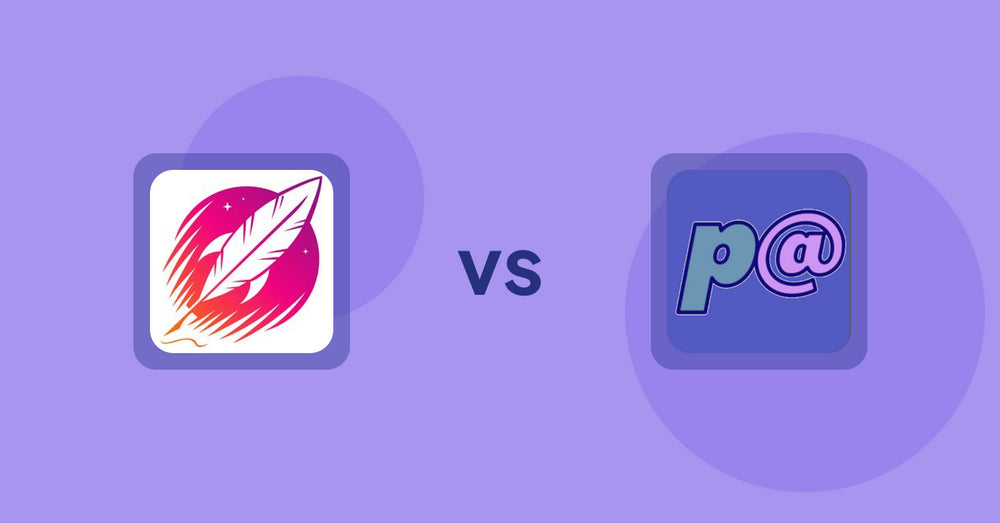
Shopify Product Display Apps: Wordsmith: Content Generator vs Parameterizer
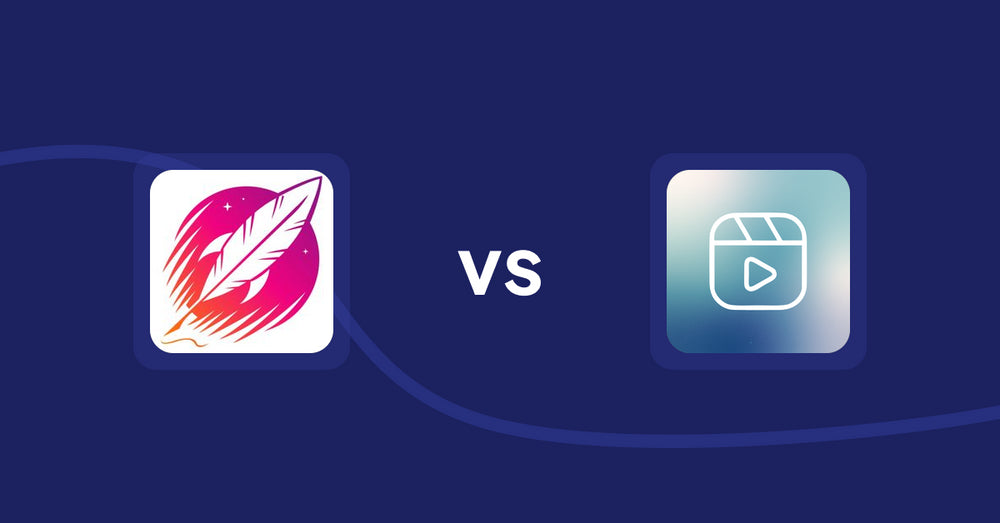
Shopify Product Display Apps: Wordsmith: Content Generator vs Reelify ‑ Shoppable Reel Video
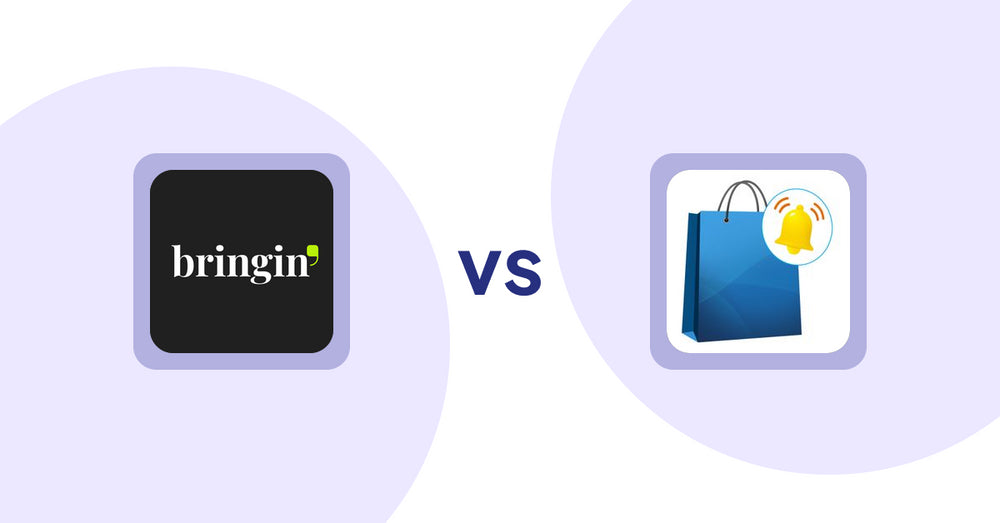
Shopify Product Display Apps: Bringin vs CartBar ‑ Product Purchase Bar
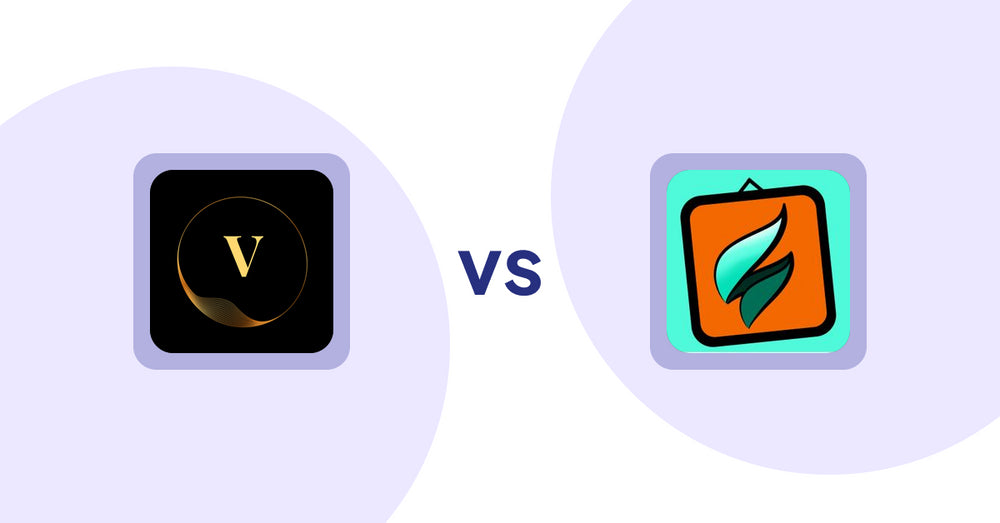
Shopify Product Display Apps: ProductTube vs SMART ‑ Art Product Builder
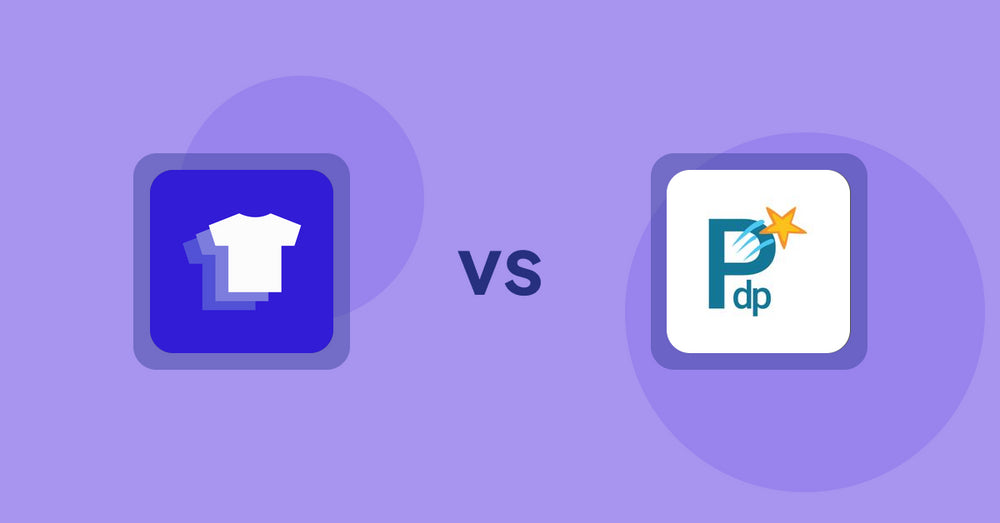
Shopify Product Display Apps: Xpander vs PDP Star
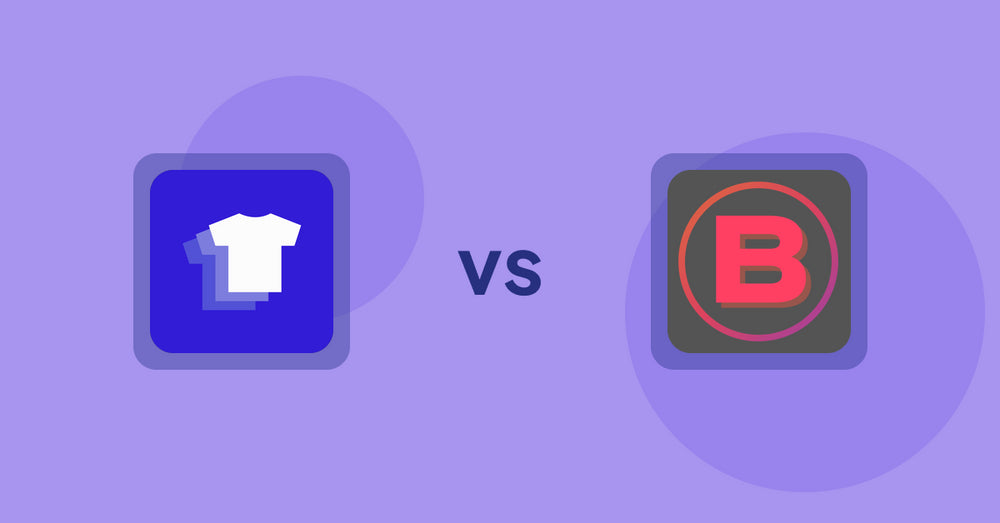
Shopify Product Display Apps: Xpander vs Banter Stories
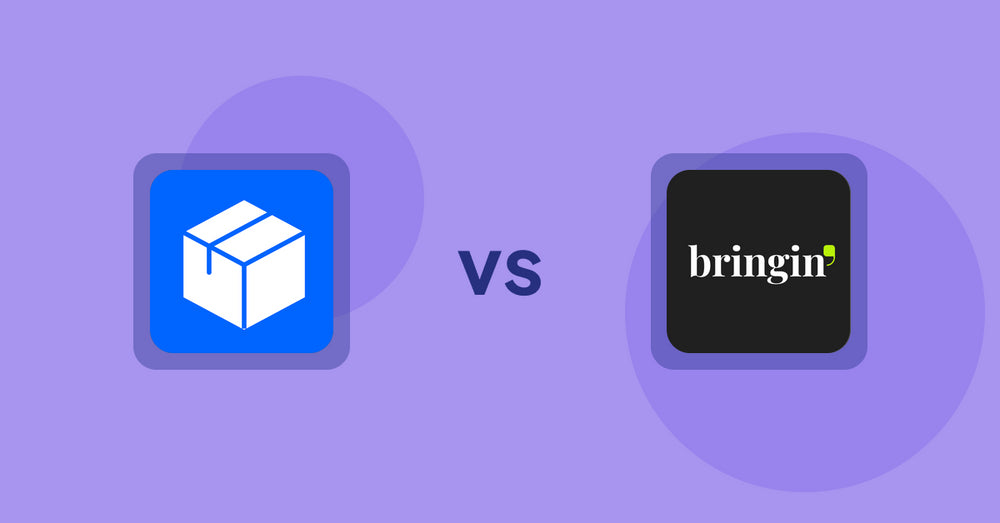
Shopify Product Display Apps: Wonderful Widgets vs Bringin
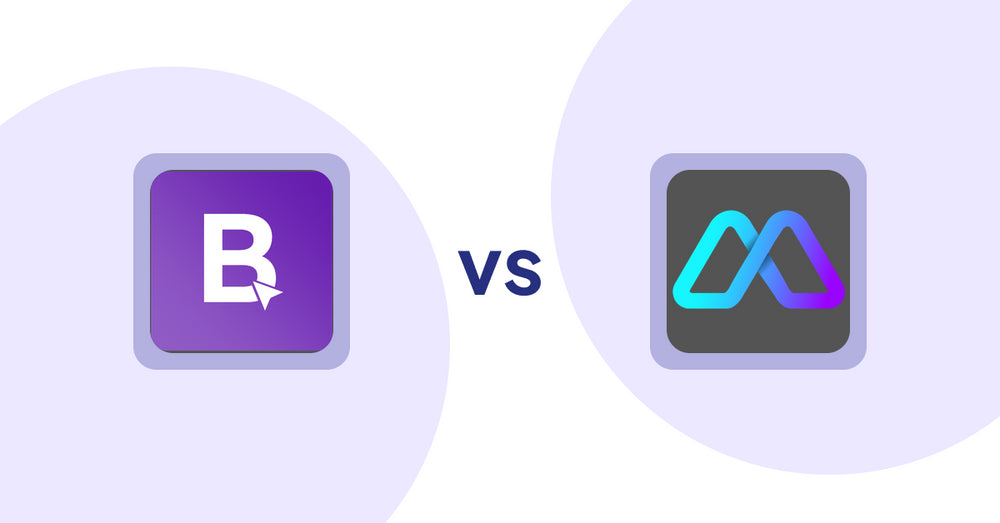
Shopify Product Display Apps: BookE - Rent Property & Service vs Metadrob: Create Virtual Store
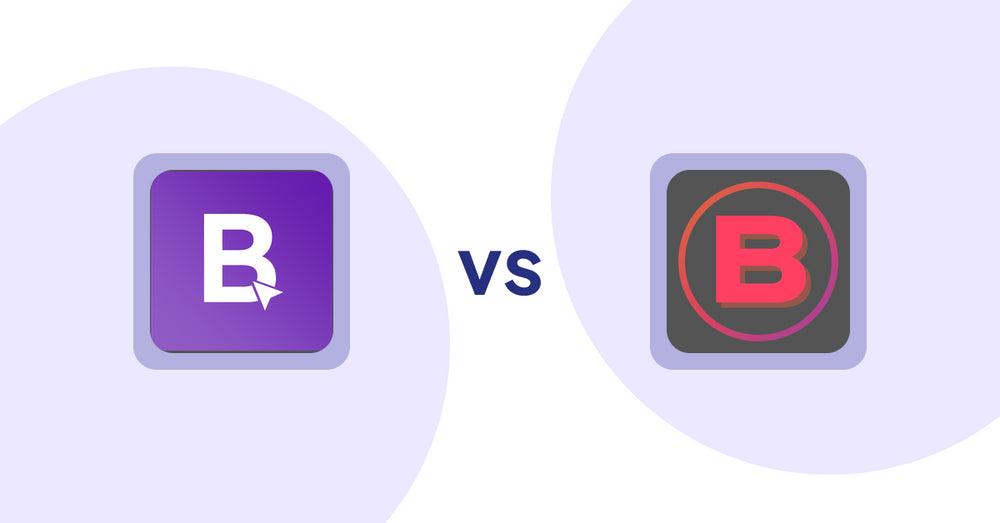
Shopify Product Display Apps: BookE ‑Rent Property & Service vs. Banter Stories
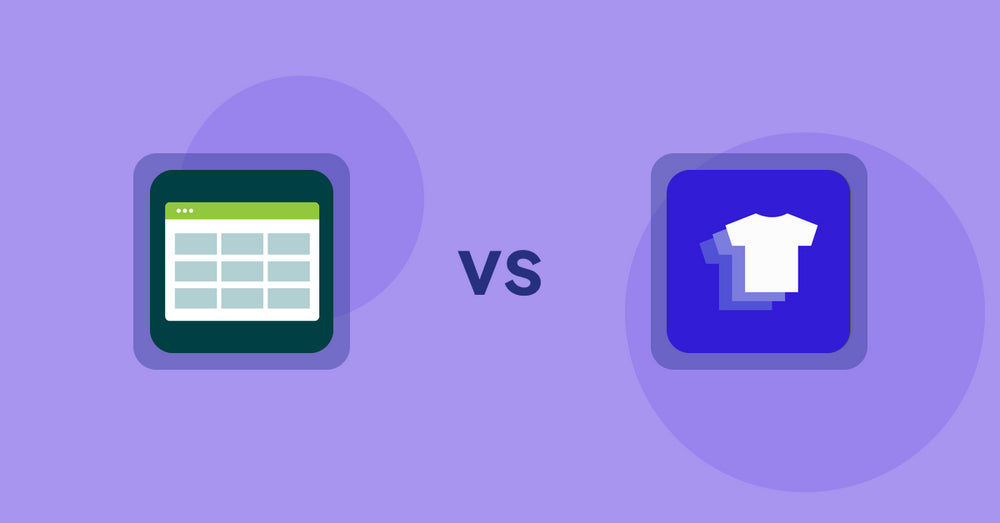
Shopify Product Display Apps: Product Table vs. Xpander
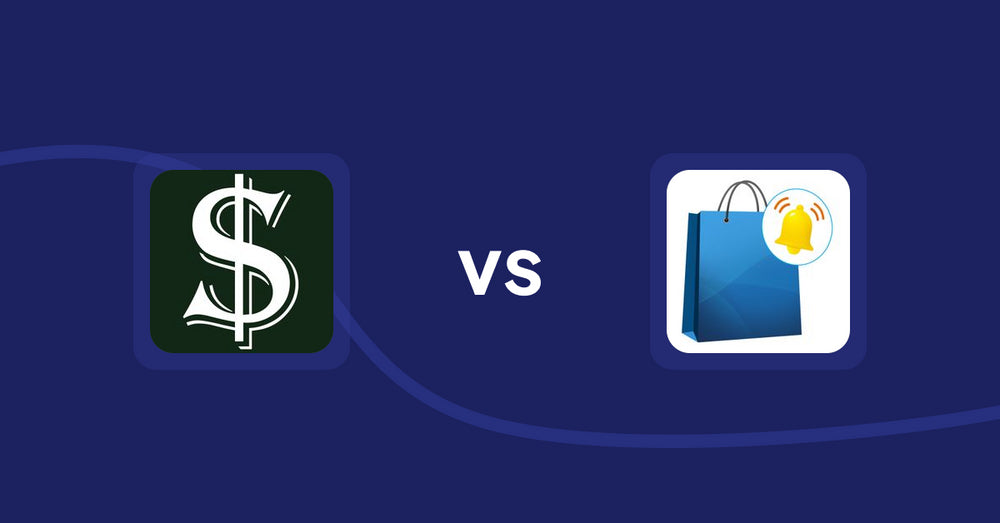
Shopify Product Display Apps: Selling Fast vs CartBar ‑ Product Purchase Bar
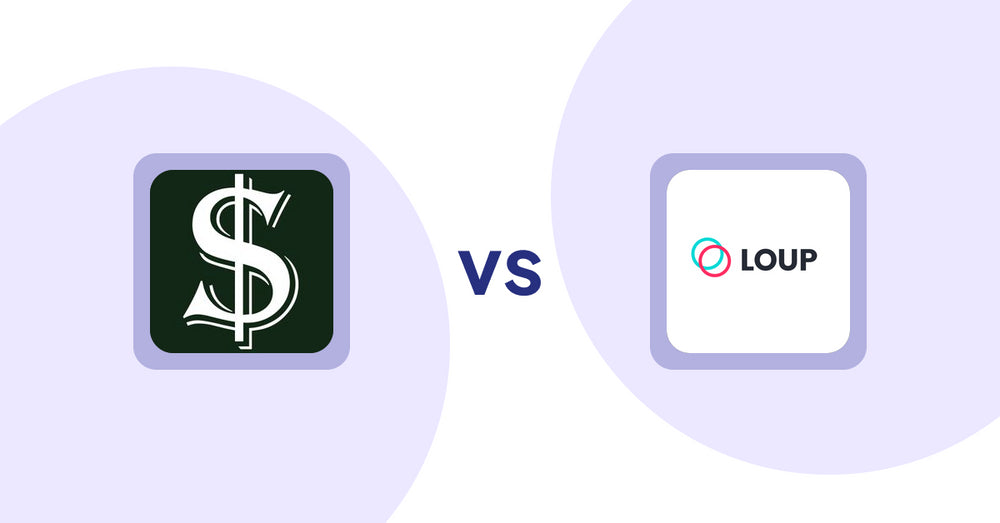
Shopify Product Display Apps: Selling Fast vs. Loup: Sell on Instagram
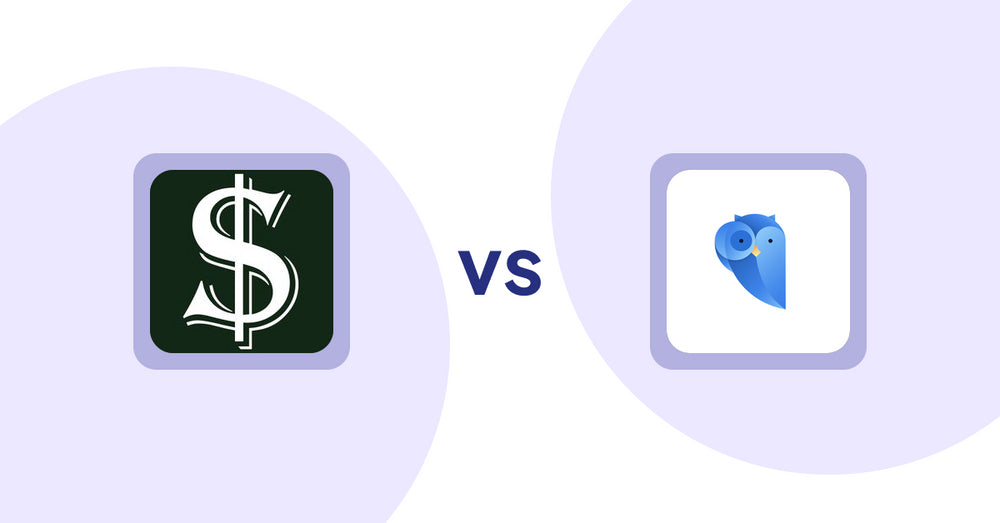
Shopify Product Display Apps: Selling Fast vs. Findify Search & Merchandise
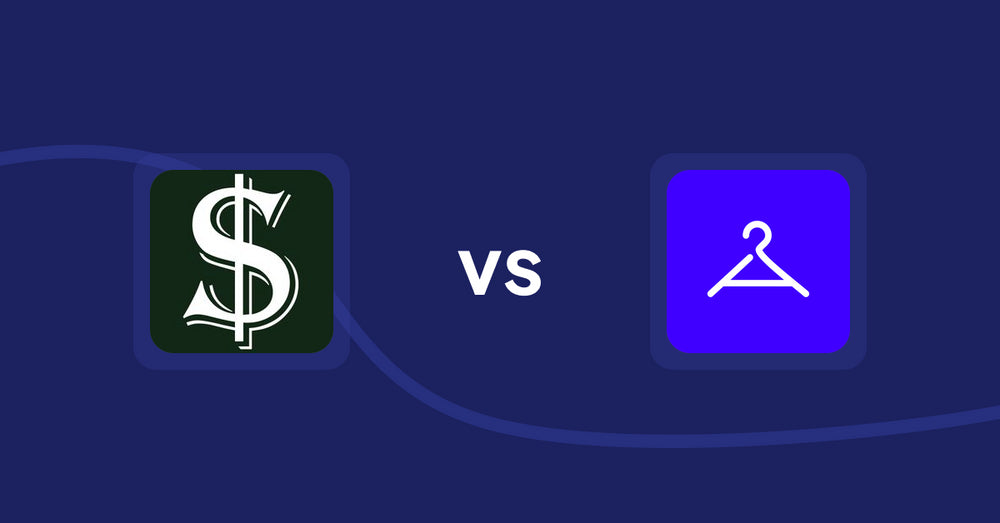
Shopify Product Display Apps: Selling Fast vs. Aiuta
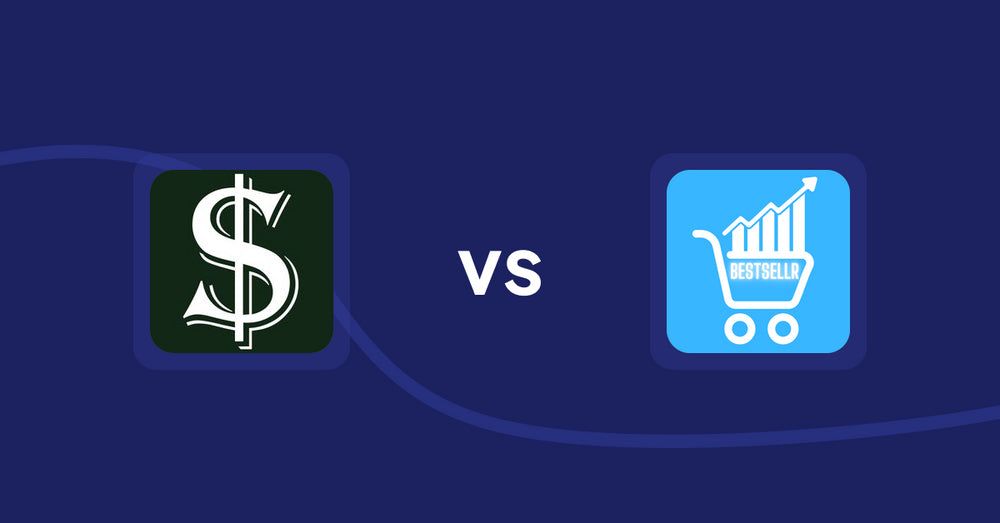
Shopify Product Display Apps: Selling Fast vs Bestsellr
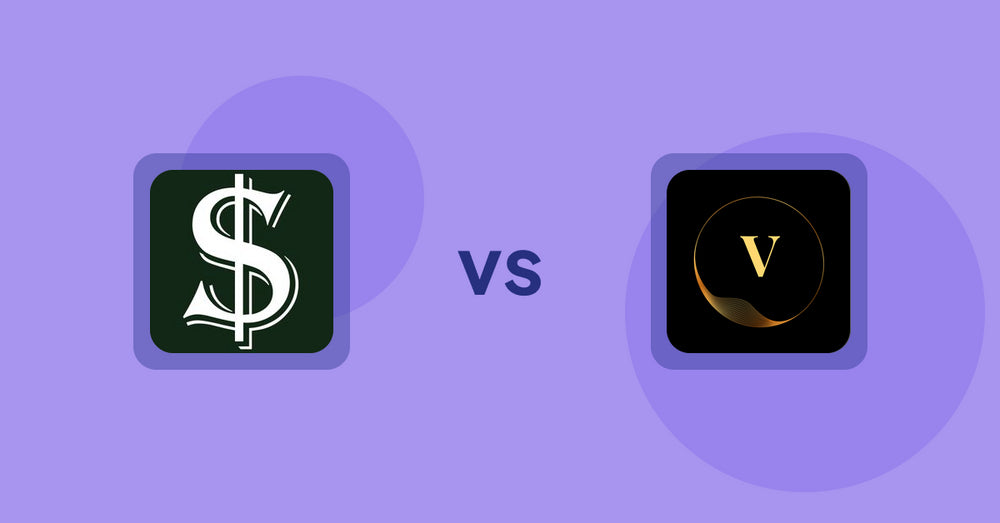
Shopify Product Display Apps: Selling Fast vs ProductTube
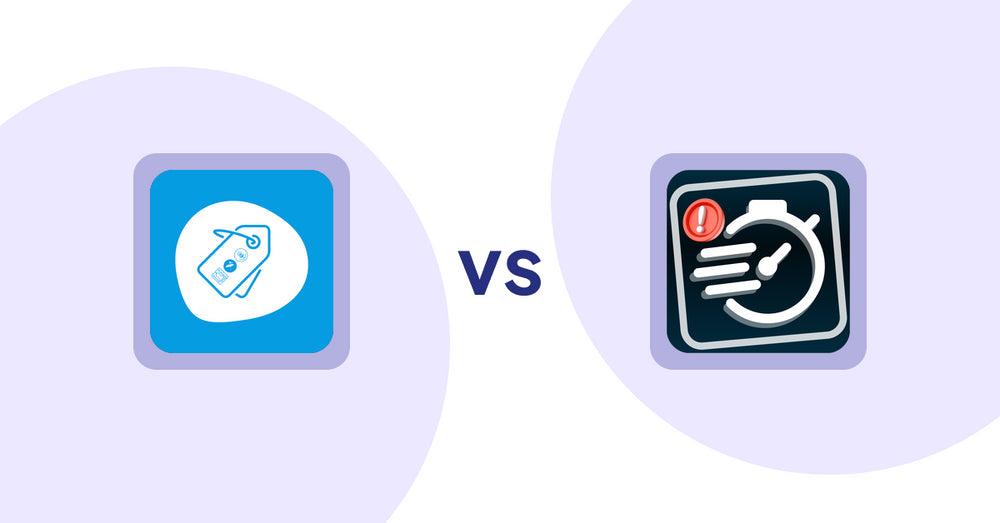
Shopify Product Display Apps: Extendons Product Tag Images vs Urgency! Low Stock Counter
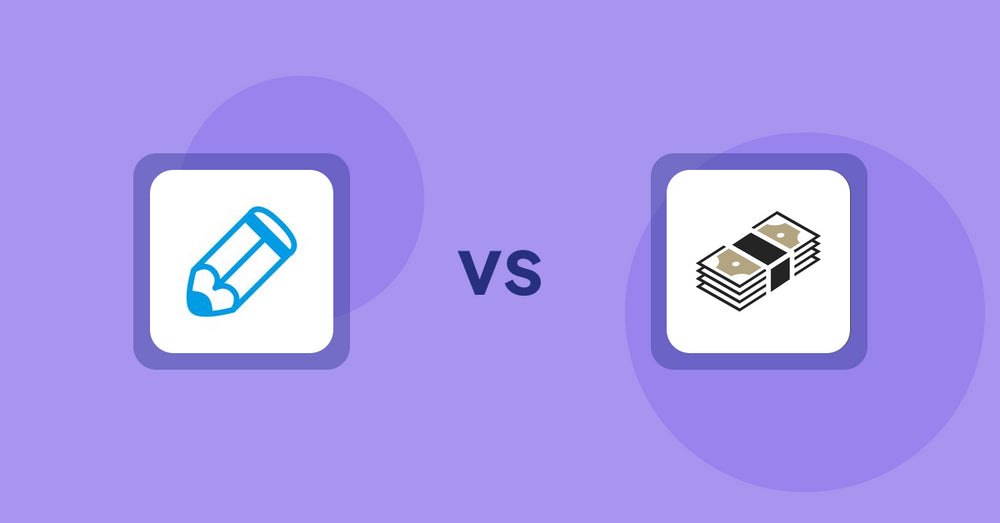
Shopify Product Display Apps: Writer Sofia vs シンプルクラウドファンディング|お手軽自社クラファン
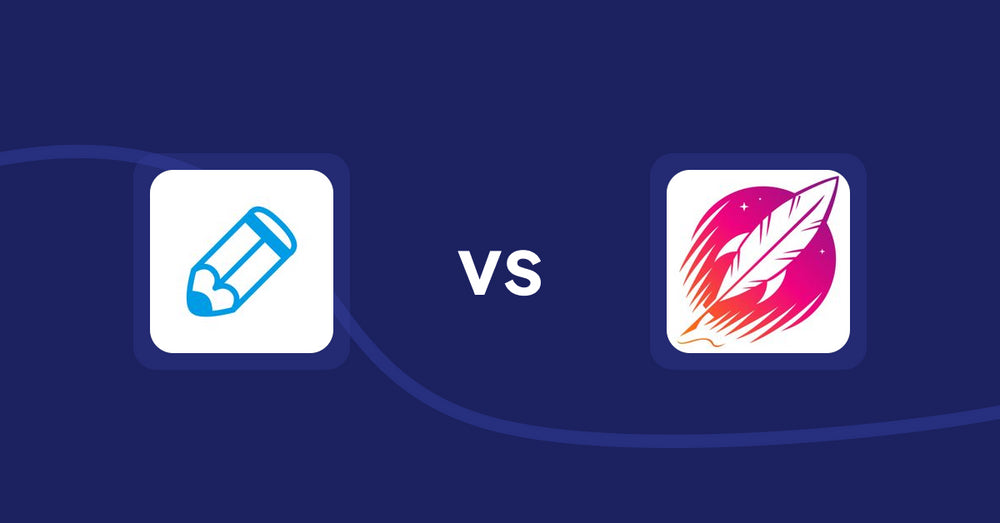
Shopify Product Display Apps: Writer Sofia vs Wordsmith: Content Generator

Shopify Product Display Apps: Addify ‑ Country Restrictions vs Aiuta
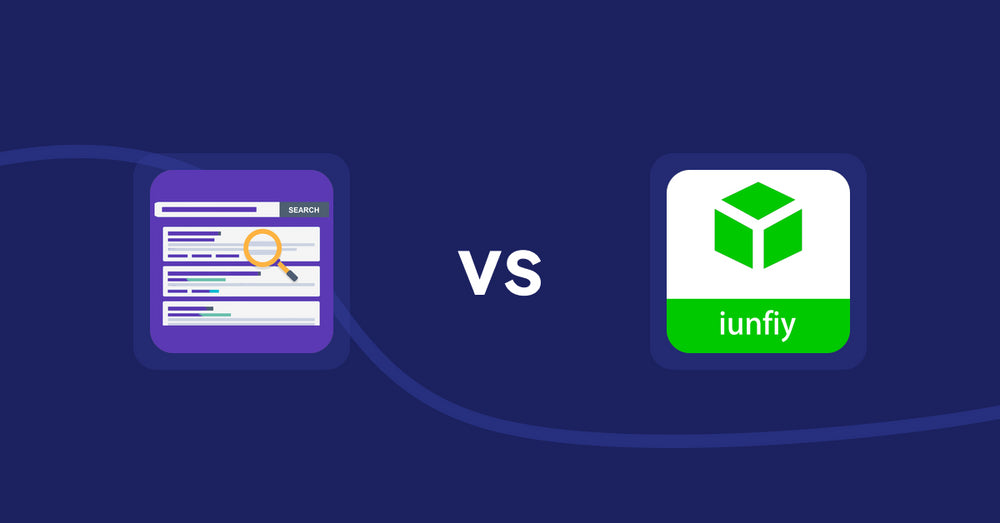
Shopify Product Display Apps: Spark AI Products Description vs iunfiy • Related Products
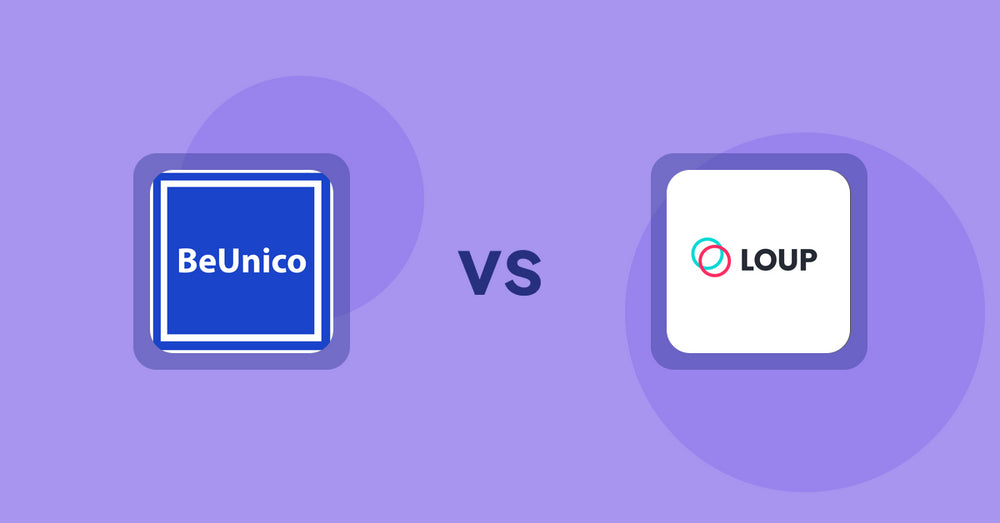
Shopify Product Display Apps: BeUnico vs Loup: Sell on Instagram
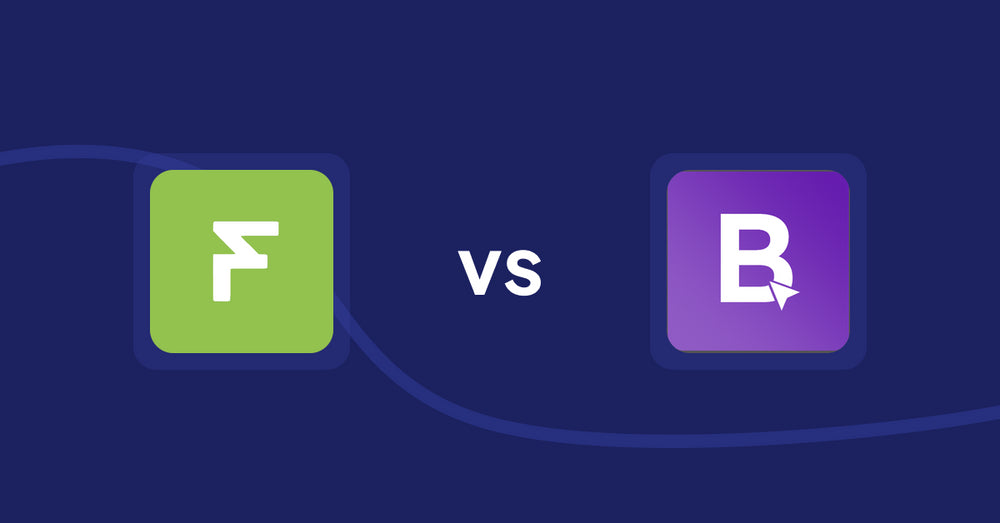
Shopify Product Display Apps: Easy Estimate Shipping vs BookE ‑Rent Property & Service
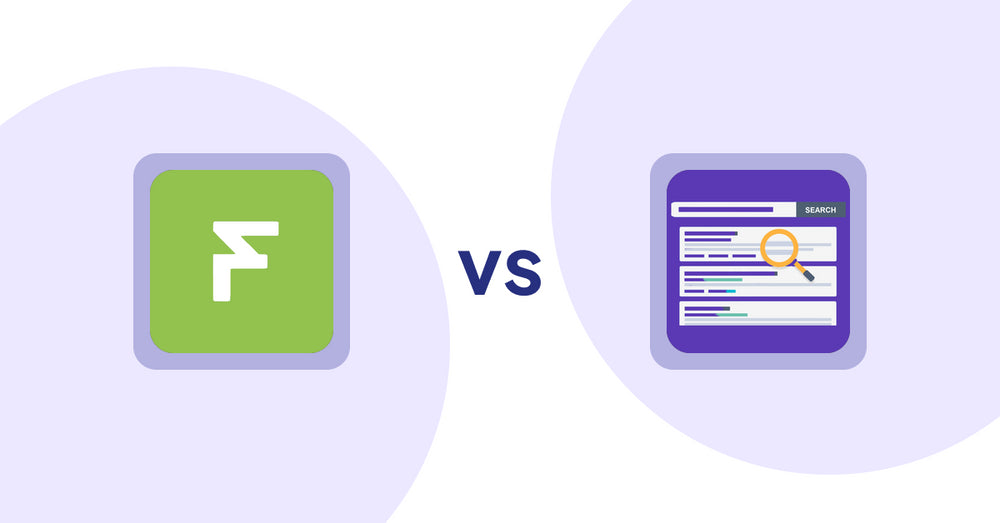
Shopify Product Display Apps: Easy Estimate Shipping vs. Spark AI Products Description
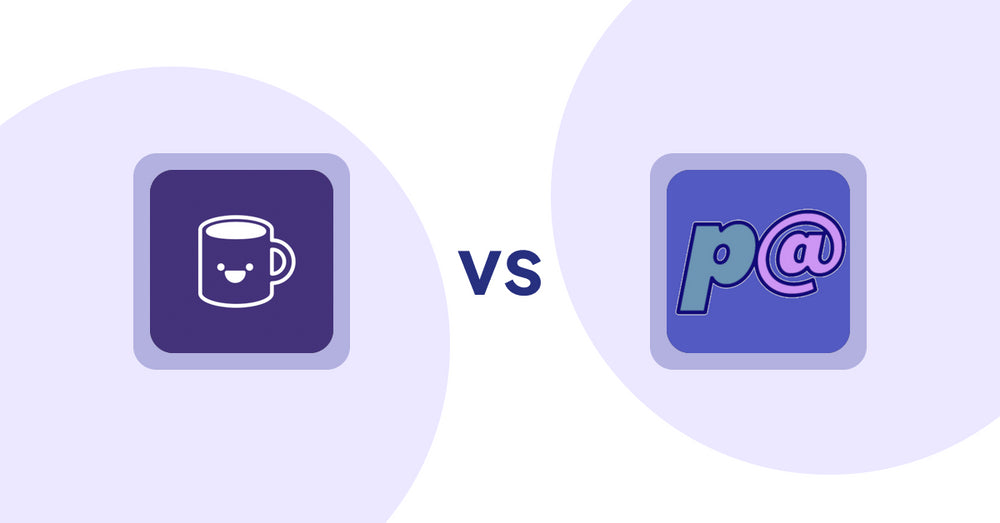
Shopify Product Display Apps: Mugshot Bot vs Parameterizer
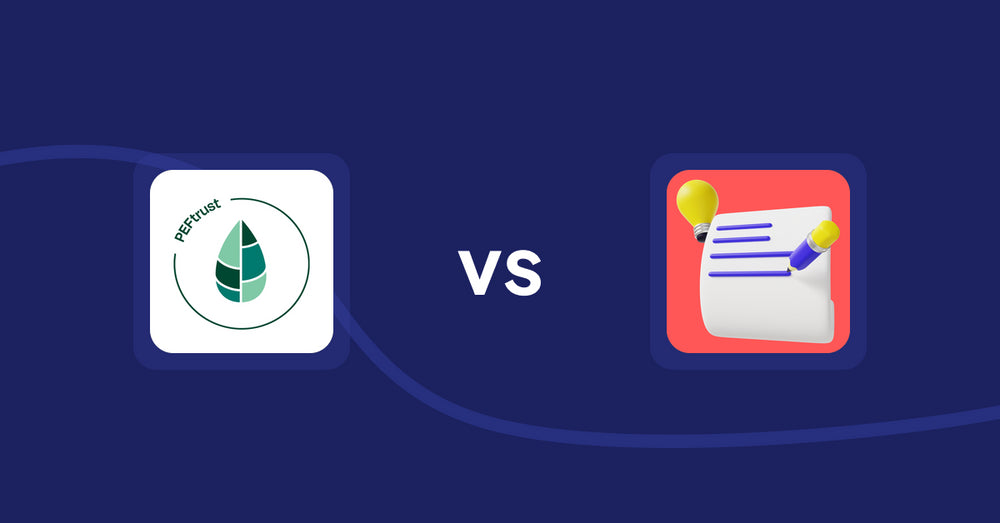
Shopify Product Display Apps: Peftrust vs. Wordo ‑ ChatGPT AI Description
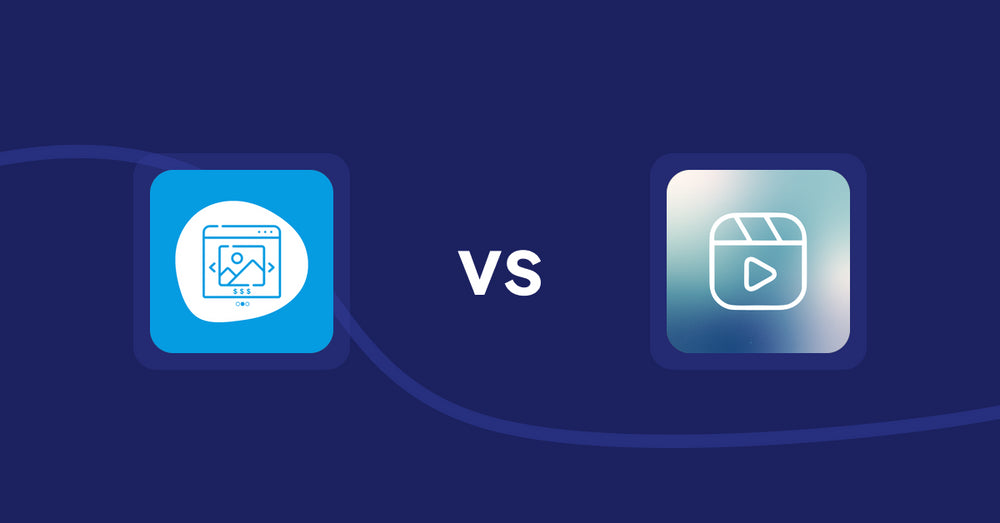
Shopify Product Display Apps: Quick Product Navigator Slide vs Reelify ‑ Shoppable Reel Video
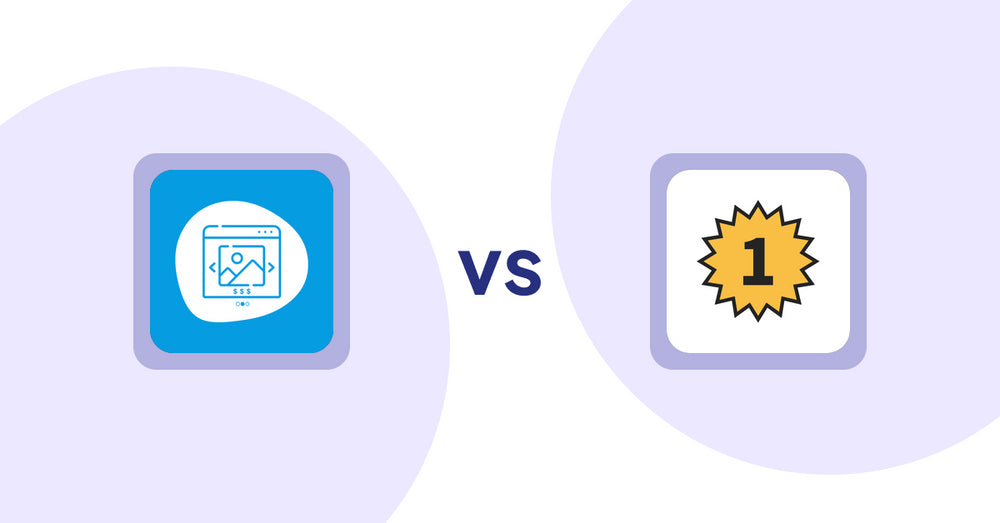
Shopify Product Display Apps: Quick Product Navigator Slide vs. UR: Smart Ranking
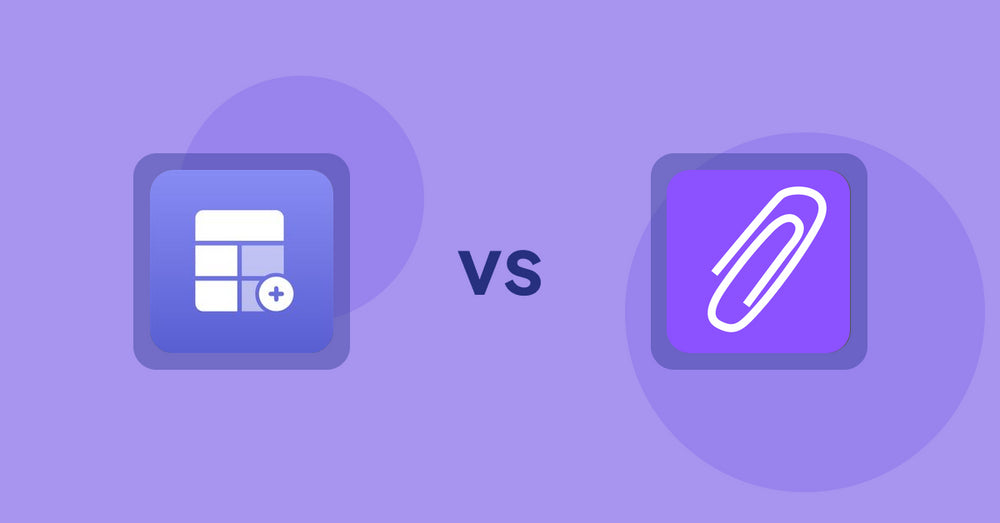
Shopify Product Display Apps: Eazy Specification Tags Table vs Agile Attachments
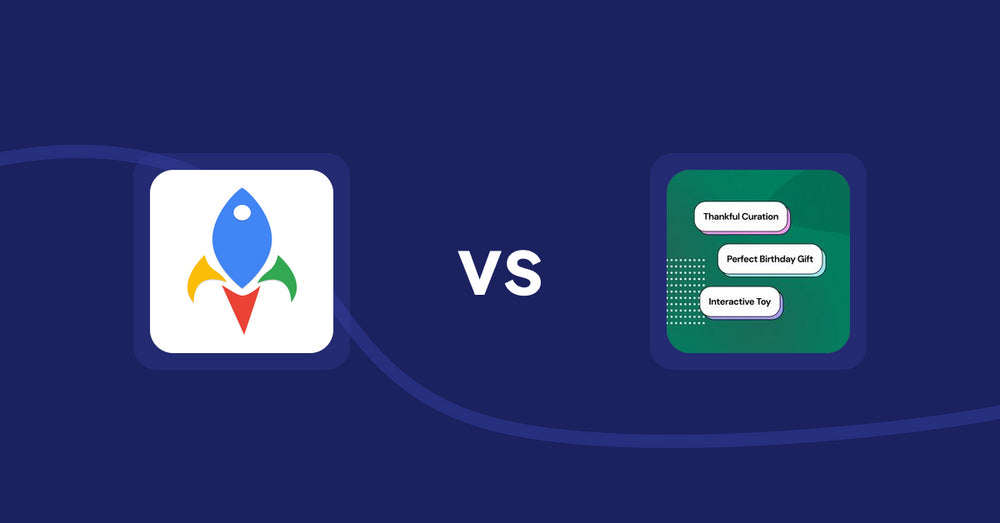
Shopify Product Display Apps: Jedi Back In Stock Admin Alert vs FeatureFrame ‑ Pretty Product
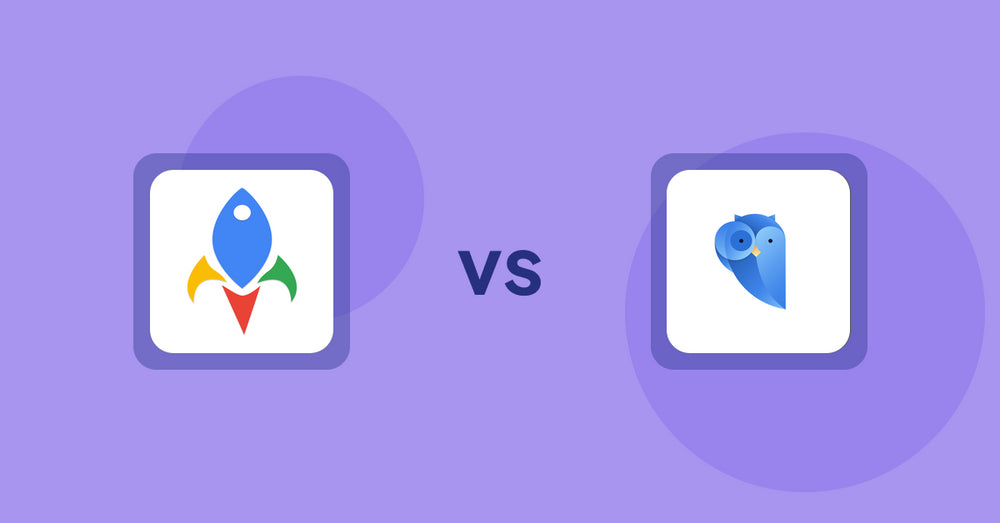
Shopify Product Display Apps: Jedi Back In Stock Admin Alert vs. Findify Search & Merchandise
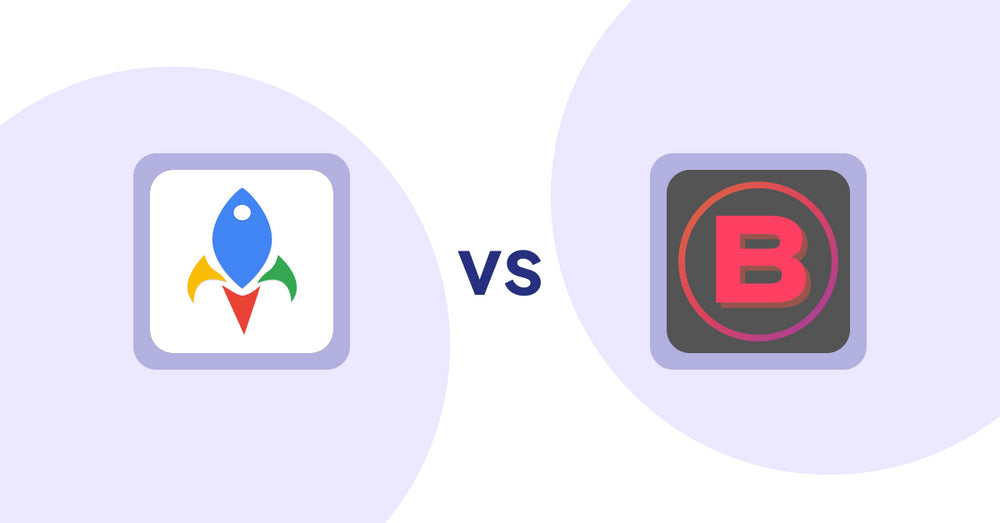
Shopify Product Display Apps: Jedi Back In Stock Admin Alert vs Banter Stories






